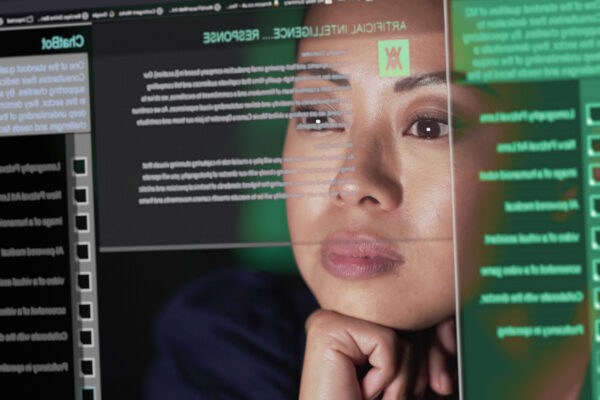Imagine a world where digital interfaces anticipate your needs, understand your preferences, and adapt in real-time to enhance your experience. This is not a futuristic daydream, but the promise of generative interfaces.
Generative interfaces represent a new paradigm in user experience design, moving beyond static layouts to create highly personalized and adaptive interactions. These interfaces are powered by generative AI technologies that respond to each user’s unique needs, behaviors, and context. The result is a fluid, intuitive experience—a digital environment that transforms, adapts, and grows with its users.
The Evolution of User Interaction
Traditional digital interfaces have long relied on predefined structures and user journeys. While these methods have served us well, they fall short of delivering truly personalized experiences.
Generative interfaces, on the other hand, redefine personalization and interactivity at the level of individual interactions. They have the capability to bring data and components directly to users from multiple systems, seamlessly integrating them into a cohesive user experience.
Users can perform tasks without switching applications as generative systems dynamically render necessary components within the interface, such as images, interactive components, and data visualizations.
This adaptability means that generative interfaces continually evolve based on users’ inputs, preferences, and behaviors, creating a more connected and fluid experience. Instead of users adapting to software, the software adapts to them, enhancing productivity, reducing friction, and making digital interactions feel natural.
Adaptive Design Principles
At the heart of generative interfaces lies the principle of adaptability. This adaptability is more than just personalization—it’s about creating an interface that is in constant dialogue with its user. Unlike conventional systems that rely on rules and configurations set during development, generative interfaces leverage machine learning and user data to generate real-time responses. This not only makes the experience dynamic but also inherently human-centered.
For instance, a digital assistant that supports a knowledge worker doesn’t just answer questions—it understands the context of the work, anticipates upcoming needs, and interacts in a way that aligns with the user’s goals. Generative interfaces are proactive and responsive, driven by the understanding that user needs can change from moment to moment.
Envisioning the Future
Generative interfaces hold the promise of reshaping not just individual applications, but entire categories of digital interaction—from productivity tools to entertainment platforms. Imagine entertainment systems that automatically adjust content suggestions based on your mood, or collaboration platforms that adapt their layouts and tools depending on whether you are brainstorming or executing a task.
This is why data privacy and security considerations must be built into every aspect of the system, from data collection and storage to processing and output generation. Without control of the experience, you risk low-quality outputs that can do more harm than good.
As organizations deploy generative interfaces, robust governance frameworks become essential for managing risks and ensuring responsible AI use.
Embracing Generative Interfaces
The shift towards generative interfaces is a step towards making technology more human-centric. As we embrace these adaptive designs, we create an opportunity to redefine our digital experiences, making them more intuitive, enjoyable, and impactful. At Perficient, we are pushing the boundaries of how technology can adapt to users rather than forcing users to adapt to technology.
The impact of these interfaces goes beyond just convenience; they are capable of crafting meaningful digital experiences that feel personal and fulfilling. As generative AI continues to advance, I envision a future where technology fades into the background, seamlessly blending into our lives and intuitively enhancing everything from work to leisure.

